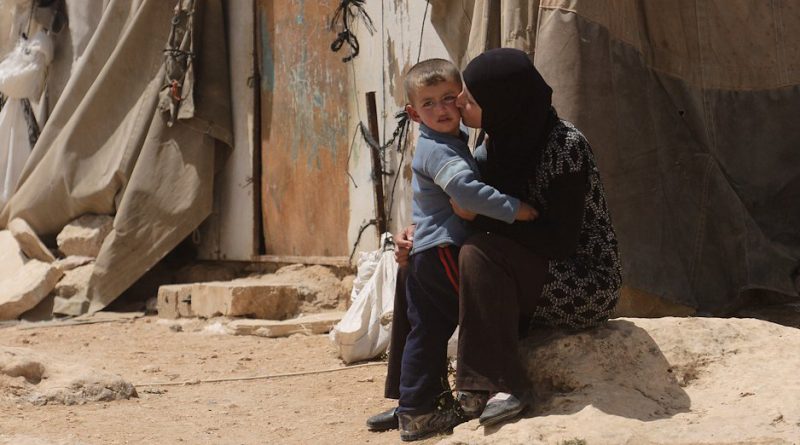Now Reading: Xiamen BRICS summit: Narendra Modi, Xi Jinping meet today to move beyond Doklam
-
01
Xiamen BRICS summit: Narendra Modi, Xi Jinping meet today to move beyond Doklam
Xiamen BRICS summit: Narendra Modi, Xi Jinping meet today to move beyond Doklam
Let us try to bury the D-word. That’s what an Indian government functionary told The Indian Express, hours before Prime Minister Narendra Modi and Chinese President Xi Jinping meet at 12.30 pm (10 am IST) Tuesday. The D-word here stands for Doklam. That’s the approach with which the Indian side is planning to go into the meeting with the Chinese President after the tense two-and-half-month border standoff at Doklam. This will be the first meeting of the two leaders after the end of the standoff — troops of both countries withdrew last week. The last time they met at an informal meeting of BRICS leaders in Hamburg, on the sidelines of the G-20, they were said to have discussed the Doklam crisis briefly.
With Xi making public overtures with statements that China wants “peace, and not confrontation” and Beijing agreeing to include two Pakistan-based terrorist outfits, Lashkar-e-Taiba and Jaish-e-Mohammad, in the Xiamen declaration, these are seen as important signals to India by China.
Sources said that after a bitter experience, “it is time to move on”. So, when Modi meets Xi in what should be his last engagement before he flies to Myanmar, they will try to bring in the spirit of the “Astana consensus”.
In the Kazakhstan capital, where they met early June on the sidelines of the Shanghai Cooperation Organisation summit, they had agreed on this concept. Foreign Secretary S Jaishankar had said in Astana, “There was also an understanding that where we have differences, differences should not become disputes. In fact, if handled well, can even become opportunity. The sense of the meeting was that two countries have great interest in working with each other and we will have differences. Where we have differences, how to work and find common ground. And wherever we have concerns, each side will look at with a degree of seriousness.”
In the backdrop of the mistrust created by the Doklam standoff and other issues, sources said that the two sides will try to lower the temperature and infuse some “trust in the relationship”. “We are hoping to infuse some trust… there are ideas on the table by having confidence-building measures during the meeting. We hope to see some positive movement on this aspect,” a government source said.
Sources said that while it is easier said than done, statements and gestures in the last two days have given some hope to diplomats who have dealt with China in the past few years. “The meeting has been allocated 30 minutes from 12.30 pm to 1 pm… we expect that it will last longer, and the two leaders will be able to come out with a plan and a series of steps to build confidence.”
Dr Li Li, Deputy Director & Senior Fellow at the Institute of South and Southeast Asian and Oceanian Studies at the China Institutes of Contemporary International Relations, said: “The peaceful resolution of the Donglang standoff before the BRICS summit indicates once again that the border dispute is not all but only a part of China-India relations. There is a lot of room for China and India to cooperate, especially in areas such as promoting globalisation and protecting interests of emerging economies. Of course, an appropriate management of their differences is a guarantee to such cooperation.”








